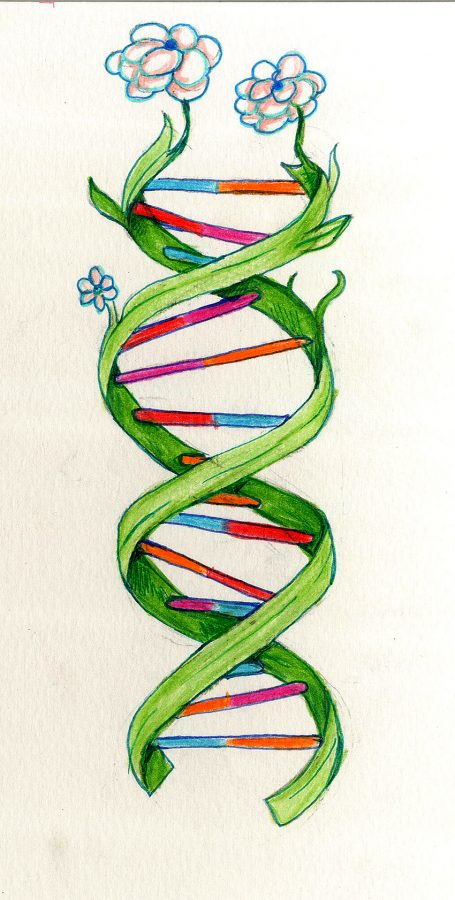April showers aren’t the only thing that bring May flowers — a new study by UT researchers reveals how flowers know when to bloom.
The study, published Feb. 6 in Developmental Cell, discovered that both genetic and environmental factors cause plants to bloom at the right time of year.
Like all multicellular organisms, plants rely on environmental cues for proper functioning and development. One of these functions is blooming in the springtime after exposure to winter temperatures. While plants rely on some internal cues, such as age, they also use changes in temperature and day length to know when to flower, said Sibum Sung, molecular biosciences associate professor and co-author of the study.
In order to maximize their chances of survival, plants have developed mechanisms to ensure that they don’t bloom in the middle of winter.
“Especially for temperate climate regions, there are supposed to be distinctive seasonal changes — if (plants) flower in autumn, they will experience cold in the winter and will not survive,” said Donghwan Kim, molecular biosciences research associate and first author of the study.
The study focuses on Flowering Locus C, or FLC, a gene which stops other genes from initiating flowering, Kim said. He added that exposure to long-term cold eventually decreases expression of FLC, and flowering will occur.
However, Sung said researchers did not fully understand the mechanisms behind how flowering is repressed.
“The idea is that something has to happen in the winter in plant cells for them to remember they just went through the winter,” Sung said. “But obviously plants don’t have brains, so they cannot rely on that — but now we know they change gene expression during winter.”
In the study, Kim and Sung found that FLC repression is accomplished through the folding of strings of genetic material called chromatin. Chromatin at the FLC section will be linear when it is expressed, but when proteins fold this section into a loop, the gene can no longer function.
The protein in charge of looping is called Polycomb Repression Complex 2, or PRC2. PRC2 also regulates many other developmental genes in mammals.
“When PRC2 are targeted to some (area), they somehow initiate some chromatin change and they make stable repression,” Kim said. “Our paper showed that when plants are exposed to long term cold, FLC chromatin is enriched with the PRC2 complex. We still don’t know how it is folded, but… we can see the obvious change in chromatin structure.”
Kim said researchers do know that this looping mechanism relies on long non-coding RNA, which is genetic material that does not code for proteins, to cooperate to form the loop. The study identified a new type of long non-coding RNA specific looping.
Next, the researchers will conduct further research on the process and determine if it also occurs in other crops, Sung said.
“Now we know there’s a formation of a chromatin loop, but we don’t know what makes the loop,” he said. “There must be some machinery to make that happen — obviously our next big question is, ‘how does that happen?’”















